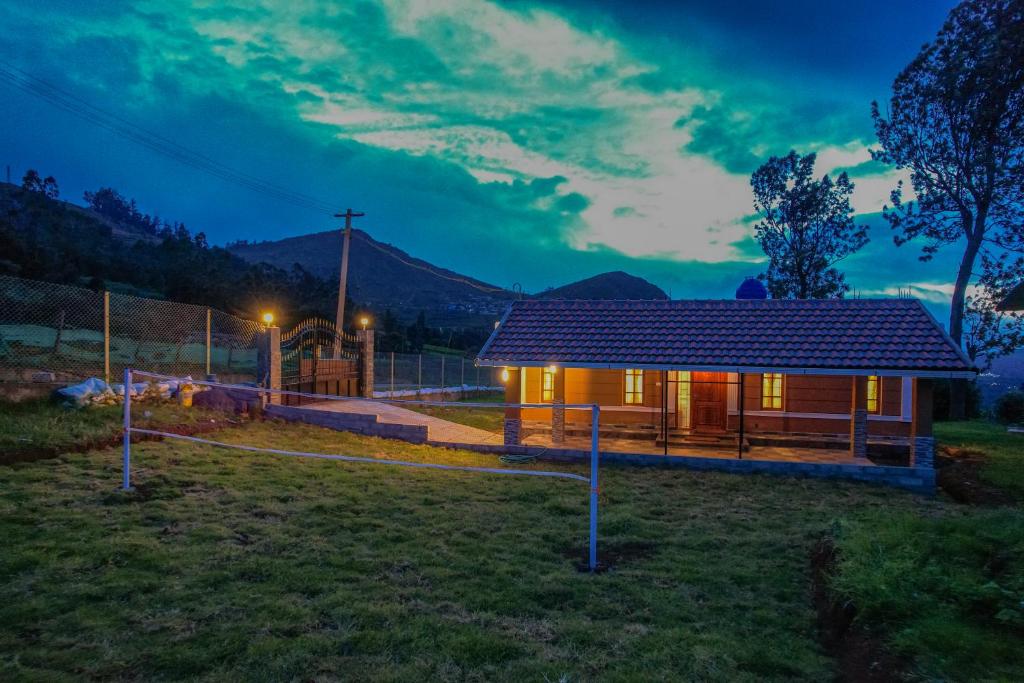 Pin
Pin Image by ダモ リ via Pexels
A quiet revolution is unfolding across rooftops, deserts, and coastlines—sparked by the sun itself. As solar panels soak up sunlight and silently convert it into power, countries around the world are racing to claim a brighter, cleaner future. But who’s truly leading the way?
Tracking the largest number of the solar power panel installation isn’t just a numbers game—it’s a lens into national priorities, climate commitments, and everyday lives being transformed by renewable energy. From the vast deserts of China and India to the sunbathed suburbs of the U.S. and Australia, solar technology is no longer a fringe option. It’s central to how nations power homes, protect their environment, and prepare for the decades ahead.
Table of Contents
1. China
In 2024, China led the world—adding between 309 GW and 357 GW of solar capacity, which pushed its total beyond 1,000 GW, roughly half the world’s installed PV systems . That massive scale explains why it holds the largest number of the solar power panel installation globally, dwarfing all other countries.
Government policy, vast deserts turned into solar fields, and factories humming with solar manufacturing all contribute to its scale and speed . In places like Inner Mongolia’s Kubuqi Desert, projects now stretch hundreds of kilometers, blending solar power with environmental restoration.
The emotional force comes from watching a country transform its landscape while supplying clean energy to hundreds of millions — a story of ambition and balance.
2. United States
Behind the global leader, the United States ranks second in the largest number of the solar power panel installation, with roughly 239 GW installed by the end of 2024. Federal incentives like the Inflation Reduction Act and generous tax credits fueled a remarkable rise—solar accounted for about 66% of all new electricity capacity in the year.
Across the sun-drenched deserts of California, Nevada, and Texas, sprawling utility-scale farms now curl across valleys, while rooftops in suburbs bring solar to everyday homes. Projects like the 690 MW Gemini Solar in Nevada pair clean energy with battery storage, powering over 130,000 households.
These installations bring more than electricity—they represent local jobs, state-level commitments to cleaner air, and the hope that solar can shift a national energy narrative toward sustainability and self-reliance.
3. India
India has surged to the world’s third spot in cumulative solar capacity, crossing the 100 GW threshold in early 2025 and reaching around 116 GW by June. Its 2024 annual installations hit a record 24.5 GW, thanks to large solar parks and incentive schemes such as rooftop subsidies under the PM Surya Ghar initiative.
The Bhadla Solar Park in Rajasthan, at 2.245 GW, spreads across desert sands like a glinting mirror—India’s flagship farm supports millions and offsets emissions significantly. With bold targets to reach 500 GW of non‑fossil energy by 2030, solar sits at the heart of India’s climate ambition and energy independence journey.
4. Japan
Japan holds fourth place in cumulative solar capacity, reaching about 89 GW by 2024. Though space is limited, the country has turned innovation into its strength—floating solar farms on reservoirs, rooftop mandates in Tokyo, and new cell technologies like perovskites boost output per square meter.
Projects such as the expansive Kansai International Airport solar field reflect a strategy of turning infrastructure into energy generators. These installations serve not only local power needs but also model how heavily populated nations can still go solar with finesse.
5. Germany
Germany sits fifth in the world’s solar power rankings, with about 99 GW of installed photovoltaic capacity by the end of 2024 . Though known for overcast weather, Germany’s rapid expansion comes from robust policies—feed-in tariffs, zero VAT on solar systems, and community energy programs.
In 2024 alone, Germany added 16.2 GW, lighting up homes across Bavaria, Brandenburg, and North Rhine-Westphalia with clean solar energy . Many of those came from rooftop arrays on family homes or local cooperatives—even in cities clad in slate roofs and damp skies.
The country’s solar story is one of resilience: its drive to meet climate targets, foster local energy autonomy, and carve out renewable leadership in a crowded global field—even when sunlight isn’t abundant.
6. Brazil
Brazil ranks sixth, with around 53 GW installed by early 2025, a dramatic leap over just a few years. Much of that comes from rooftops across São Paulo, Minas Gerais, and Bahia, where high solar irradiance makes rooftop solar competitive.
In 2024, Brazil added nearly 19 GW, placing it solidly in the global top five for annual additions . Programs like net metering and tax incentives helped homeowners and businesses turn sunlight into savings.
Across the country’s vast landscape—from urban rooftops to sprawling solar parks—Brazil’s installations carry the weight of local jobs, cleaner air, and more energy independence.
7. Spain
Spain now holds the seventh spot, with 38–39 GW installed as of 2024. Thanks to intense Mediterranean sunshine and a wave of solar investment, Spain added about 8.7 GW in 2024—strong growth despite earlier market ups and downs.
Large solar farms stretch across Andalusia’s plains and Valencia’s fields, while rooftop panels appear across Madrid’s terraces and coastal towns. Even older farms get upgrades, with newer, more efficient panels replacing aging installations.
Each new project reflects a deeper shift: Spain embracing renewable energy not just as a technical choice, but a cultural one—aligning climate goals, energy security, and the warmth of its sunlight into dynamic solar momentum.
8. Australia
Australia now holds the 8th position in the largest number of the solar power panel installation, with around 37.8 GW of solar PV capacity installed as of late 2024. That reflects its role as a global solar pioneer in per‑capita terms—most households in sun‑baked states like Queensland and New South Wales have rooftop panels.
This surge isn’t just rooftop adoption; utility‑scale farms across remote Outback regions harness uninterrupted sunlight to feed the grid. With over 3.9 million installations, Australia has one of the highest solar densities in the world.
The national solar story resonates emotionally: a country turning its bright skies into daily power, empowering homeowners with energy independence and communities with cleaner air.
9. Italy
Italy ranks ninth, with an estimated 36 GW of installed solar PV capacity by early 2025. In 2024, it added around 6.8 GW—fueled by investment in both small rooftop systems and larger ground-mounted arrays.
From the sun‑lit hills of Sicily to industrial rooftops in Milan and Rome, installations are shaping local identity and savings alike. Government subsidies and net‑metering help families and businesses tap into solar energy with minimal barriers.
Italy’s solar movement blends regional pride with sustainable ambition—an energy shift that brings economic relief and climate reputational lift.
10. South Korea
South Korea enters the top 10 solar countries with about 26.6 GW of installed capacity by 2024, after strong annual growth of around 13.4% year‑on‑year. Investment has focused on both large solar farms and expanding rooftop programs in Seoul, Busan, and industrial zones.
The nation’s solar strategy is part of its Green New Deal—promising climate resilience and economic transformation. Even in compact cities, small‑scale solar systems are adding up.
South Korea’s turbocharged move into clean energy feels optimistic: a technologically forward economy embracing solar not just for power, but as a symbol of national innovation and environmental care.
FAQs
By the end of 2024, global solar PV capacity exceeded 2.2 TW, with 597 GW added in that year alone—a 33% jump over 2023. China contributed 55% of the total new installations.
Top countries are China, the U.S., India, Japan and Germany. China alone installed 329 GW in 2024, dominating global capacity growth, followed by strong contributions from the U.S. and India.
Yes. While output drops under cloud cover, panels still produce power, and cold weather often improves efficiency. Snow usually melts quickly, so solar systems remain effective in diverse climates.
Costs vary by location and system size. For example, a 1 kW setup in India costs ₹55,000–₹80,000 and covers 90–100 sq ft. Average payback: ~7 years, but can range 4–9 years depending on incentives.
Batteries are optional. Most systems remain grid‑connected, using net‑metering to credit daytime excess power. Batteries offer backup during outages but add cost. Net‑metering is widely supported in many regions.

































